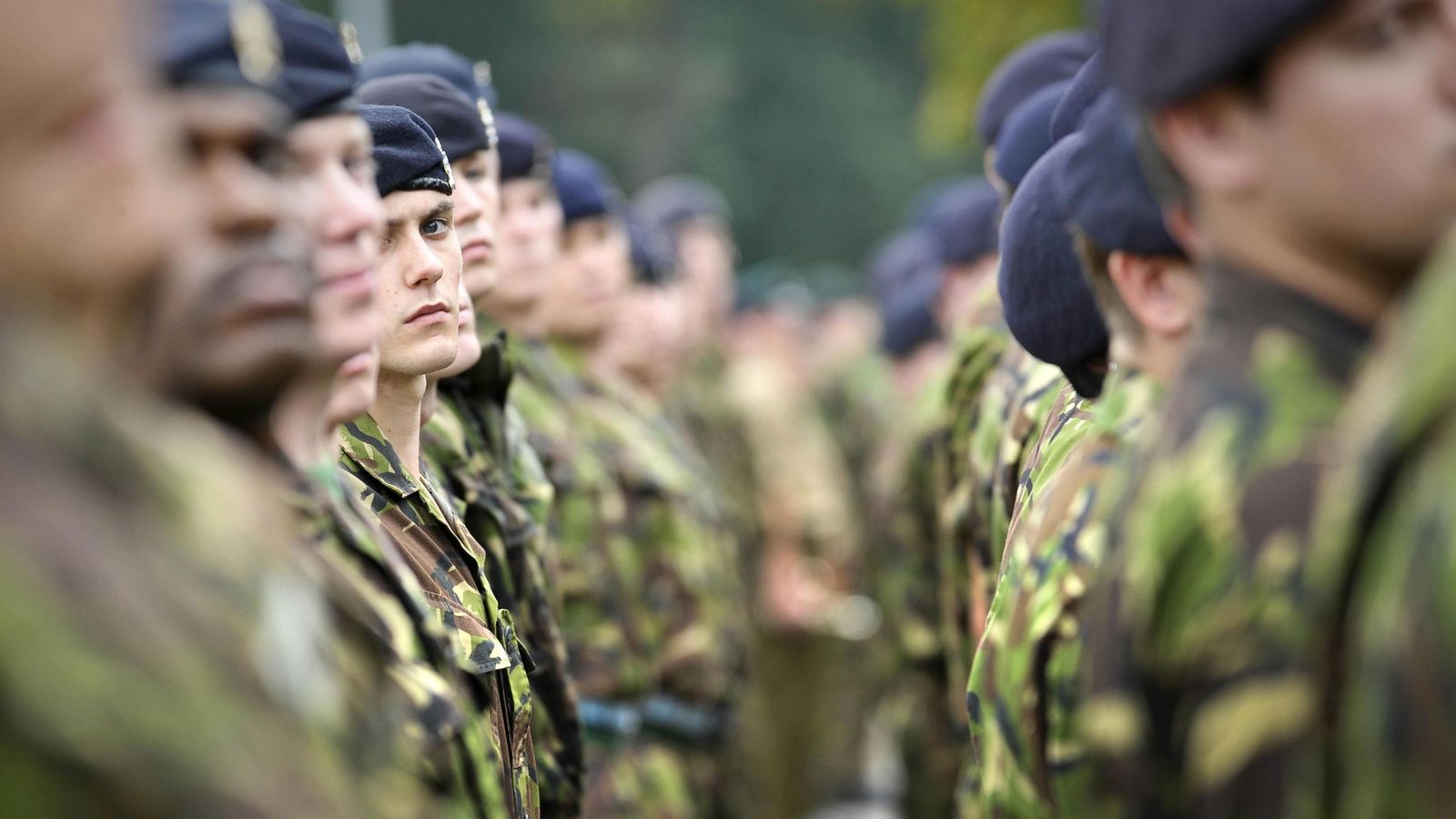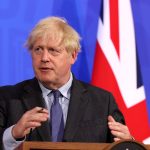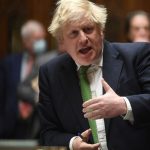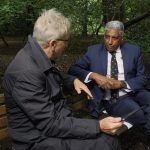The British army would likely grow rather than shrink if the next prime minister commits to spending tens of billions of pounds more on the military in the face of rising threats, the defence secretary has told Sky News.
Current government policy is for the army to lose nearly 10,000 posts, reducing in size from a target of 82,000 to just 72,500 soldiers by 2025 – by far the smallest in hundreds of years.
But Ben Wallace warned that without a guarantee of significant new funding, overall defence spending was forecast to fall below a core NATO target of 2% of national income by the second half of the decade.
His intervention, in an interview with Sky News, is significant because he has yet to say publicly whether he is backing Liz Truss or Rishi Sunak in the Tory leadership contest.
Asked who he supports, the senior cabinet minister said: “I am going to see what happens in the debates. I know them both very, very well…I am interested in what they are going to say on defence.”
Ms Truss, the foreign secretary, has said she would increase defence spending to 3% of gross domestic product (GDP) by the end of the decade.
Public sector pay rises – who decides and how?
Thousands of Ukrainian ‘battle casualty replacements’ are being trained in England
Army’s Twitter and YouTube accounts hacked and flooded with crypto spam and images of Elon Musk
Mr Sunak, by contrast, has signalled he is opposed to “arbitrary targets” and, while he has said he views the NATO goal of 2% as a “floor not a ceiling”, the former chancellor has merely said British defence spending would rise to 2.5% “over time”.
Mr Wallace made a clear pitch to the two candidates for prime minister about the need for additional funding for defence following a £24bn uplift in spending that he secured from Boris Johnson for the four years out to 2024.
“I think defence needs more money because the threat has gone up and I’m threat-led,” he said, speaking on Monday while travelling back to the UK from a trip to Slovakia.
Please use Chrome browser for a more accessible video player
At present, UK defence spending is 2.28% of national income “and falling”, Mr Wallace said.
“We are forecast to be below 2% probably in the year 2026 – it might be (financial year) 2025-26 or 2026-2027. We are going down. We will go from the first (biggest defence spender) in Europe to eighth in Europe and carry on falling.”
As for how an increase in defence spending to 3% of GDP by 2030 might impact on the size and capabilities of the army, Royal Navy and Royal Air Force, Mr Wallace said certain equipment programmes would probably be bought faster.
He also said the army would carry out a review of what lessons can be drawn from Russia’s invasion of Ukraine in terms of vulnerabilities for UK defence that need fixing.
This is set to include a requirement for more long-range artillery systems.
The UK and other western powers also need better weapons to counter drones, defend their air space from incoming missiles and ensure that their ground forces – such as tanks and infantry troops – are able to operate on a modern battlefield, where threats include electronic jamming and cyber attacks as well as more traditional bombs and bullets.
“I think you would see an increase in the numbers of the army, but not necessarily where people think,” Mr Wallace said, noting that all military mass has to be “relevant”.
Read more:
“No one hears us” Mothers and wives of missing Russian servicemen face relentless fight for answers
British fighter pilots ready for Russian threat to UK, RAF chief tells Sky News
“The lessons from Ukraine are … you are better off having small but perfectly formed armoured infantry units… than you are having lots and lots of vehicles with none of those protections because they just get killed on a modern battlefield.”
This is what happened to Russia’s much larger military when it tried and failed to capture Kyiv in the first few weeks of the invasion of Ukraine.
Mr Wallace – who may or may not still be in his job come September – stressed that it would be up to the heads of the military to set out future force plans.






















